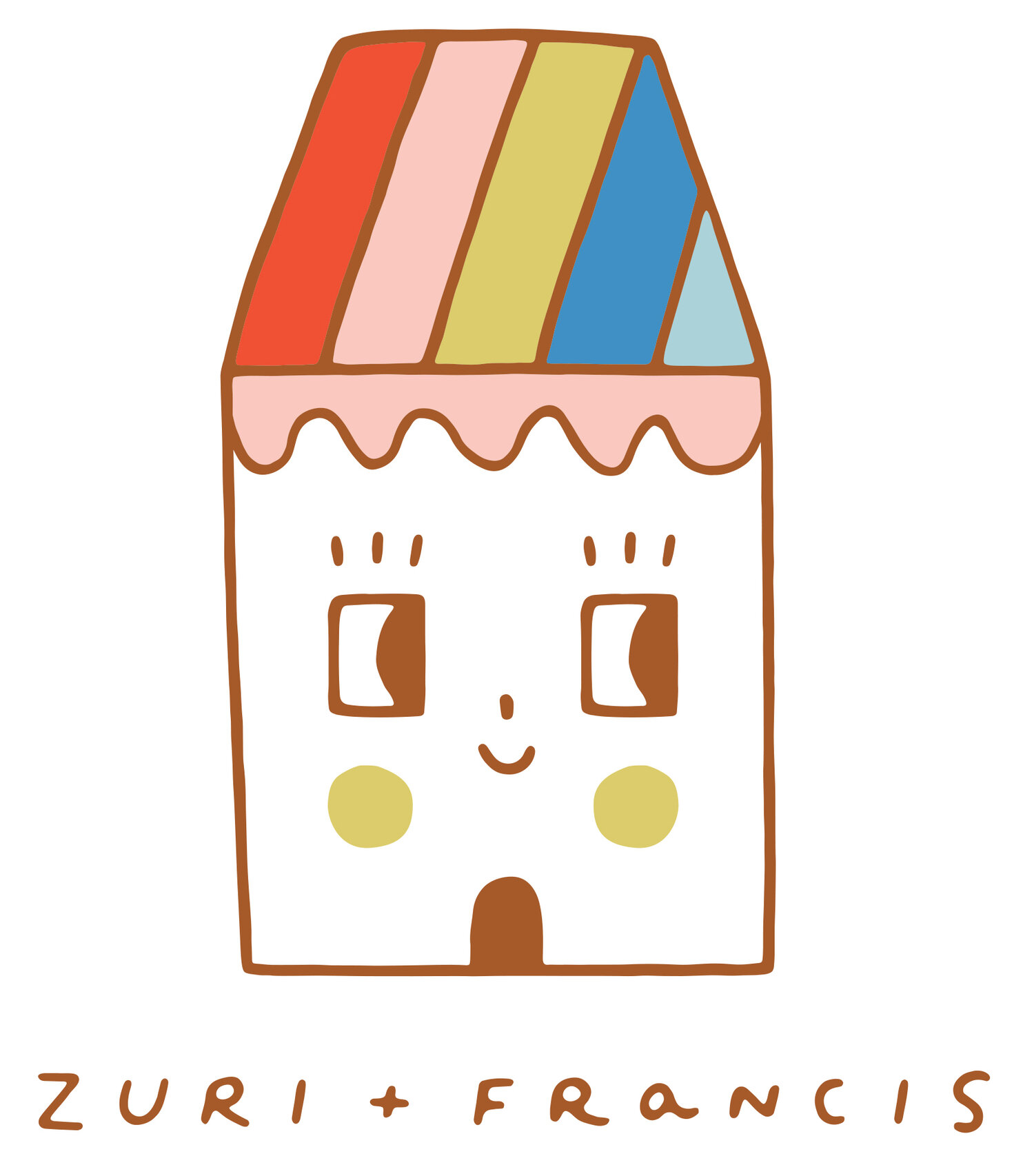AWARDS AND REVIEWS
A New York Times Best Illustrated Children’s Book of 1958
★ "There is no doubt about it. Little Roland has an extraordinary gift with the crayon. In fact, whatever he draws comes to life. A delightful knock, but at times it gets complicated, for outside of his ability to draw poor little children the gifts they could normally not afford, he also threatens his mother with turning her tidy home into a menagerie of animated creatures. Roland compromises in the end, but not until he and his renders have enjoyed an afternoon of most lively Gallic whimsy." ―STARRED REVIEW, Kirkus Reviews
"Originally published in France in 1958, this lush reprint breathes new life that feels as relevant here and now as it did there and then. When Roland is late for school one day, his teacher sends him to stand in the corner. Bored, Roland doodles a picture of a tiger on the wall. With a loud crack, the tiger comes to life. This puts Roland in more trouble, but as his predicament grows, so, too, does his imagination, letting more animals on the loose. The story rushes along, reaching new heights of absurdity with every page: Roland causes his classmate’s fur coat to come to life, which sends him to jail, which results in a breakout masterminded by more furry critters. The pacing of the story will appeal to real-life Rolands; children who may not have the attention spans of their bookish counterparts, but who need as much as anyone a good story to sweep them up." ―The Globe and Mail
"A story of wistfulness and whimsy, told with scruffy tenderness." ―Maria Popova, Brain Pickings
”François, a Hungarian-born French artist who contributed New Yorker covers from the 1960s through the 1980s, established an aesthetic that influenced many contemporary children's book artists. It is not surprising, therefore, that his children's books, long out of print, are currently experiencing a mini-resurgence. This title, first published in the United States in 1958, features an eponymous hero very much like Crockett Johnson's Harold, in that both are able to draw objects that become real, although Roland's ability extends to bringing anything to life with a single word. Roland's classroom drawings produce a tiger, a zebra, and a winter landscape severe enough to force the teacher to suspend class, and that is only the start of his antics. In essence, Roland is the naughty child who creates havoc but suffers only mild rebuke, a successor to Beatrix Potter's Peter and precursor to David Shannon's David. Stéphane's zany story, while timeless, is set in a chic pre—World War II Parisian neighborhood that may date the book for adults but will be accepted by children as part of the fantastic adventure. François's expressionist style lends the illustrations, rendered in broad brushstrokes and flat color, a childlike quality. … Highly recommended for its guaranteed kid appeal.” —Susan Stan, Professor Emerita of English, Central Michigan University, School Library Journal





